The Resurrection of a Nation

The Resurrection of a Nation
HomePage
Overview
The 20th century was the roughest in history for the Carpatho-Rusyns of Central Europe. After World War II, when they were declared Ukrainians by the new Communist regimes in every country where they live, Carpatho-Rusyns in Czechoslovakia and elsewhere became extinct overnight -- and this was their existence for more than 50 years. But with the 1989 Velvet Revolution, led by the playwright and former dissident Václav Havel, Carpatho-Rusyn ethnicity revived in every country - including the United States. This is the story of that revival.
Release Date
2018-01-01
Average
0
Rating:
0.0 startsTagline
Genres
Languages:
EnglishУкраїнськийPolskiSlovenčinaKeywords
Similar Movies
 0.0
0.0Murder Ballads and Other Legends from Ladomírová(sk)
The documentary film is not a search for the survived truth of the inhabitants of the Ruthenian village Ladomírová. It captures their subjective memories, often frozen in time and in everyday life. Only strong impressions of sadness, joy, suffering, which reflect the great history of the 20th century. There is no truth about the past, it is only the human mind that actually makes morytates - bloody enlightening stories and legends.
 0.0
0.0Gates to the Lemkos' Land(en)
Dedicated to the Lemkos, who through their extraordinary love for the country overcame the trauma of massive deportations during the "Operation Vistula" and managed to return to their homeland. This film is a story about the fate of people from the annihilated Długie village, and it talks about Małastów village, where Lemkos, originally the dominant group, were transformed into a defenceless minority. Today, with admirable perseverance, they continue to fight for their rights. Above all, this is a film about love, which is the most precious thing.
 7.0
7.0Marijka the Unfaithful(cs)
“The Carpathians are medieval!” one character bellows, and this tale of the tree-chopper Petro, his faithless wife Marijka, and various scheming businessmen and foremen does little to disprove the assertion. Interestingly filmed with a nonprofessional cast recruited from the region, Faithless Marijka may have a neorealist conceit, but its direction is utterly futuristic, filled with the lightning-fast montage techniques and low-angle camera of the Soviet avant-garde (along with its invigorating agitprop).
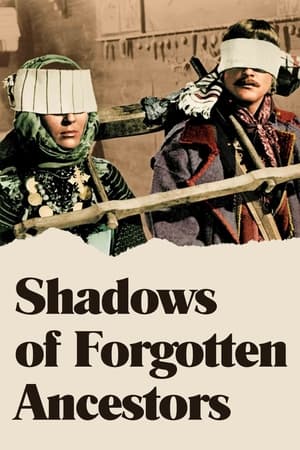 7.6
7.6Shadows of Forgotten Ancestors(uk)
In the Carpathian Mountains of 19th-century Ukraine, love, hate, life and death among the Hutsul people are as they’ve been since time began. Ivan is drawn to Marichka, the beautiful young daughter of the man who killed his father. But fate tragically decrees that the two lovers will remain apart.
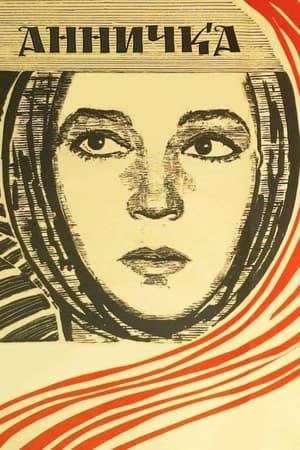 5.1
5.1Annychka(uk)
In the dark days of Nazi occupation, a young Hutsul girl native to the Carpathian mountains falls in love with a wounded Soviet partisan. Their affair sets in motion a tragic chain of events, as her family turns against her with shocking results.
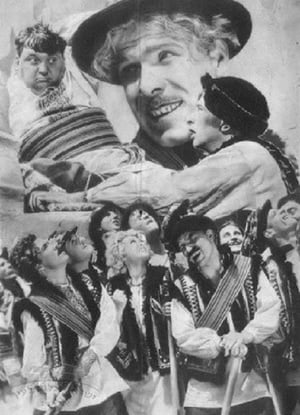 0.0
0.0Maryjka(pl)
In a mountain village one woman's beauty and popularity with the men incurs the wrath of the others. AKA The Stray.
 0.0
0.0Anahita(en)
The film "Anahita," directed by Nasib Nasibi in 1970 (1349 in the Iranian calendar), is a historical and adventure film from pre-revolutionary Iran. The story is centered around the Anahita Temple in Kangavar, one of Iran's significant ancient monuments. The movie tells the story of a group of archaeologists and researchers who set out to explore and study the Anahita Temple in Kangavar. The Anahita Temple is one of the most important and ancient religious sites in Iran, dedicated to Anahita, the goddess of waters and fertility. Throughout the story, the group faces various challenges and obstacles, primarily focusing on the dynamics between the characters and the discovery of ancient secrets hidden within the temple. The film intertwines historical and supernatural elements, aiming to depict the connection between people and their ancient past and its impact on their current lives.
 0.0
0.0Transcendence(en)
This underground classic is considered by many to be Absinthe Films' greatest work to date. Transcendence marks the beginning of new kind of snowboarding film.
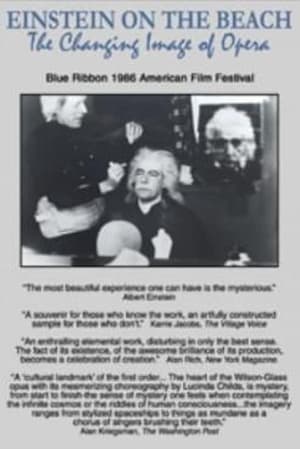 10.0
10.0Einstein on the Beach: The Changing Image of Opera(en)
The creative processes of avant-garde composer Philip Glass and progressive director/designer Robert Wilson are examined in this film. It documents their collaboration on this tradition breaking opera.
 5.0
5.0Six Seasons and A Movie: A Community Art Show(en)
A 30 minute documentary that explores the sub culture of fan art and artists that pay homage to the NBC comedy Community. Follow PixelDrip Gallery as they organize the first ever Community themed art show and get to know the artists and fans who's love for the show goes beyond just watching it.
 8.0
8.0The Whole Gritty City(en)
Young members of 3 New Orleans school marching bands grow up in America's most musical city, and one of its most dangerous. Their band directors get them ready to perform in the Mardi Gras parades, and teach them to succeed and to survive.
 7.0
7.0Hieronymus Bosch's Garden of Delights(fr)
Filmed by Jean Eustache for the television program, Les Enthousiastes, Hieronymus Bosch's Garden of Delights presents a series of unstructured observations, free associations, and interpretations on the third panel of Bosch's well-known oil on wood triptych.
 8.0
8.0President Biden(en)
FRONTLINE tells the story of how crisis and tragedy prepared Joe Biden to become America’s next president. Those who know him best describe the searing moments that shaped President-elect Biden and what those challenges reveal about how he will govern.
 6.0
6.050 Shades of Sharks(en)
Exploring the private lives of sharks as they hunt, rest, clean and reproduce.
 0.0
0.0VEF, The 54th Season(lv)
Basketball is more than a game. Each team is made from the work of many, but its success is only measured in wins. The film follows the 54th season of the VEF basketball team’s daily life, and explores its history in order to understand what makes a good team: players, coaches, captains, or perhaps just pure luck and budget.
 0.0
0.0Murderous Minds:Harold Shipman(en)
Harold Frederick Shipman, known to acquaintances as Fred Shipman, was an English general practitioner and serial killer. He is considered to be one of the most prolific serial killers in modern history, with an estimated 250 victims. We delve into the psychology of Harold to try and understand what turned him into such a cruel murderer and how he managed to get away with it for so long.
 6.7
6.7Caligari: When Horror Came to Cinema(de)
On February 26, 1920, Robert Wiene's world-famous film The Cabinet of Dr. Caligari premiered at the Marmorhaus in Berlin. To this day, it is considered a manifesto of German expressionism; a legend of cinema and a key work to understand the nature of the Weimar Republic and the constant political turmoil in which a divided society lived after the end of the First World War.
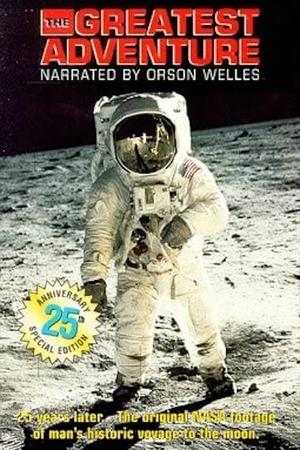 0.0
0.0The Greatest Adventure--The Story of Man's Voyage to the Moon(en)
The planning and implementation of the first flight to the moon, narrated by Orson Welles.
 7.0
7.0The Great Contemporary Art Bubble(en)
On September 15th 2008, the day of the the collapse of Lehmans, the worst financial news since 1929, Damien Hirst sold over £60 million of his art, in an auction at Sotheby’s that would total £111 million over two days. It was the peak of the contemporary art bubble, the greatest rise in the financial value of art in the history of the world. One art critic and film-maker was banned by Sotheby’s and Hirst from attending this historic auction: Ben Lewis.
